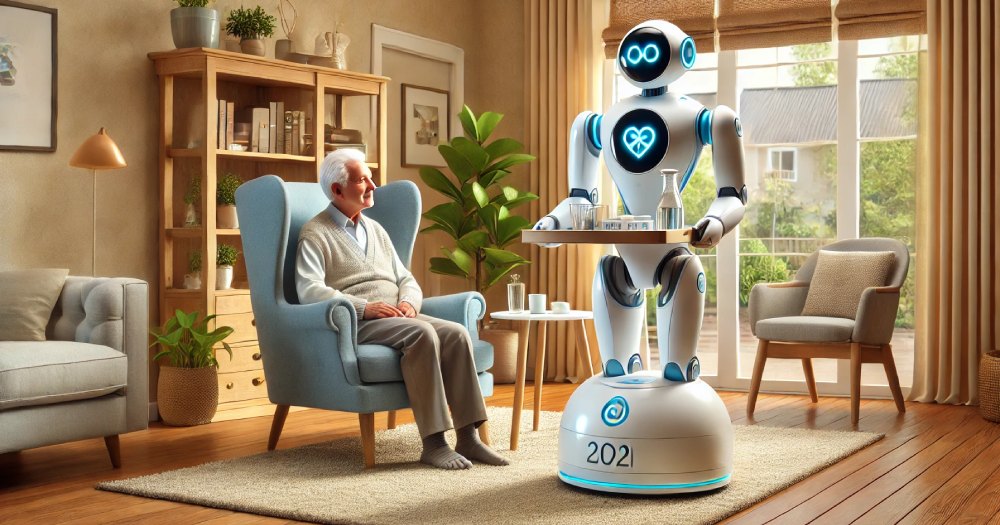Research: Robots in nursing homes enhance patient care, help employee retention

What if robots could help solve the twin challenges of staff burnout and improving care quality in nursing homes? In an era where aging populations and employee turnover create mounting pressures, robots have stepped in as unexpected allies. According to groundbreaking research led by Yong Suk Lee of the University of Notre Dame, these machines aren't just sci-fi fantasies — they're already reshaping care in nursing homes, offering a lifeline to both workers and patients.
"We need to be ready for this new reality," Lee remarked, underscoring the urgency of adapting to a world where technology and caregiving intertwine.
How does it work?
Robots in nursing homes aren't humanoid nurses roaming the halls. Instead, they come in specialized forms designed for specific tasks. Lee's study identifies three primary types:
- Transfer robots: These help care workers lift, rotate, and move patients, alleviating the physical strain on staff.
- Mobility robots: Patients use these to move around or even bathe, promoting independence and reducing the need for constant assistance.
- Monitoring and communication robots: Using sensors and computer vision, these devices track patient data, like movement patterns, and relay critical updates to caregivers.
By automating physically demanding or routine tasks, robots free up care workers to focus on what they do best: providing empathetic, hands-on care.
"Robots can improve productivity by shifting tasks to those involving human touch, empathy, and dexterity," Lee explained.
Why does it matter?
The stakes couldn't be higher. In the U.S. alone, the senior population is expected to balloon from 57 million in 2022 to nearly 89 million by 2050. Nursing homes are already grappling with high turnover rates, driven by grueling physical demands and low pay. Lee's research offers a beacon of hope: robot adoption correlates with reduced quit rates and improved job satisfaction.
"Turnover is a big concern in nursing homes," Lee noted. "Robots help by reducing the physical pain care workers endure, especially in their knees and back."
But it's not just about the workers. Patients benefit, too. Facilities that use robots reported fewer patient restraints and reduced incidences of pressure ulcers, signaling better care outcomes. By taking over mundane, labor-intensive tasks, robots enable human caregivers to provide higher-quality care — the kind that demands a human touch.
The context
Japan, a nation at the forefront of tackling the challenges of an aging society, provided the backdrop for this study. With its super-aged population and declining workforce, the country serves as a glimpse into the future for many nations. Surveys from 2020 and 2022 in Japanese nursing homes revealed how robot adoption is reshaping care.
"Our research focused on Japan because it is a super-aging society that provides a good example of what the future could entail elsewhere," Lee said. His study, co-authored with experts from the University of Tokyo and Stanford University, breaks new ground by examining the role of robots beyond manufacturing — in long-term care settings.
The implications are vast, extending beyond nursing homes to inform broader societal strategies for aging populations. As Lee put it, "This research provides critical insights into how societies can successfully navigate the challenges of caring for aging populations."
By embracing innovation, we're not just improving care — we're preparing for a world where the line between human and machine collaboration becomes ever more vital.
💡Did you know?
You can take your DHArab experience to the next level with our Premium Membership.👉 Click here to learn more
🛠️Featured tool
 Easy-Peasy
Easy-Peasy
An all-in-one AI tool offering the ability to build no-code AI Bots, create articles & social media posts, convert text into natural speech in 40+ languages, create and edit images, generate videos, and more.
👉 Click here to learn more


